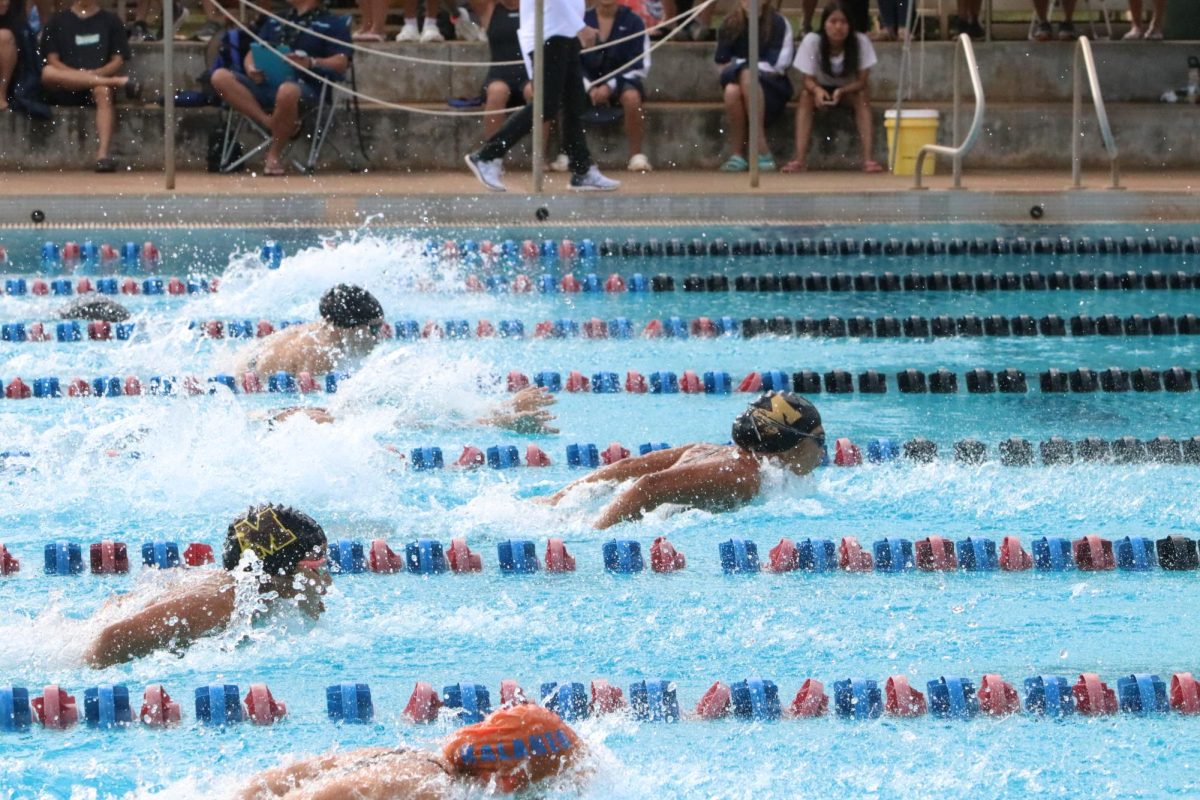How Street Fighter II Created A Genre
November 11, 2020
Street Fighter II, released in arcades worldwide in 1991, wasn’t the first arcade fighting game, but it set the standard for every fighting game that came after it. The beauty is in the simplicity. You punch, kick, and fireball your opponent until their health bar is depleted, and you win. Although fighting games today are known for being complex and obscure, they were massively popular in the arcade days, and Street Fighter II has grossed over $10 billion in revenue. One of the bigger appeals of the game is that there are a wide variety of characters with unique play styles, which is now a defining aspect of the genre.
“Each consumer has a character they individually like, and each character is a key component in the game,” said Super Smash Bros. director Masahiro Sakurai. “So in addition to creating the game, it’s vitally important that you take these 8, or 16 characters and make them shine without diluting their unique flavor, and get them to stick in the audience’s head.”
Other games, and later iterations of the Street Fighter series, attempted to put their own twist on this newfound formula of the genre by improving on the parts that were fun, while looking to change things that didn’t work as well. Mortal Kombat’s iconic fatality mechanic was based on experiences that series director Ed Boon had while playing Street Fighter.
“One of the things about Street Fighter that annoyed me and I loved was when you get the other guy dizzy,” said Boon in a 2017 interview with IGN. “ I want to have that good feeling, but I don’t want to give the other guy the bad feeling. So we moved the dizzy to the end of the fight when you lost.”
Usually, when people think about fighting games, they think of combos, which is another word for a series of hits. However, in Street Fighter II, this mechanic was originally unintentional. The game wasn’t specifically programmed to allow players to cancel their normal moves and link it into a special move.
“We thought this was quite interesting, and it didn’t seem to cause any bugs, so we decided it could be a feature to expand the gameplay,” said game designer Akira Nishitani.
As the genre naturally progressed with games like the Street Fighter Alpha series, Killer Instinct, and Guilty Gear, which added new ingredients to the recipe with their own unique mechanics, the genre also took a step to the side with games like Virtua Fighter and Tekken. These introduced a 3D element, granting players more land mobility while having less emphasis on jumping attacks. While they may not seem as groundbreaking by today’s standards, the graphics of the 1993 Virtua Fighter inspired Sony to make the Playstation run on 3D hardware instead of 2D.
“Once Virtua Fighter was out, the direction of the PlayStation became instantly clear,” said former Sony Computer Entertainment Chairman Shigeo Maruyama. “With great timing, Sega saved our hides.”
The Playstation was very successful in its lifetime, selling over 100 million units worldwide. Nintendo competed with their own 3D console, the Nintendo 64, two years later.
The two main qualities of a platform fighter are a larger emphasis on air mobility as well as the replacement of the health bar with a percentage gauge. The idea is that the higher the percentage is, the more the character gets launched. When one character falls off the stage, that player loses. According to Smash Director Sakurai, these concepts were in the game before it was decided that the cast of the game would be Nintendo characters. However, it was that novelty idea that ended up being the main drawing point for most players.
Like the Street Fighter series, Smash didn’t reach complete fame until the second installment, Super Smash Bros. Melee for the Nintendo Gamecube. Along with including more beloved Nintendo characters, the game features advanced mechanics like L-cancelling, wavedashing, and shield-dropping, which prompted a large competitive following, as experienced players could utilize these mechanics to move faster and express themselves with longer combos. With such a high skill floor as well as skill ceiling, it was nearly impossible to play the game at a perfect level.
Its sequel, Super Smash Bros. Brawl, was met with poor reception by hardcore fans of the previous game because it removed the advanced techniques and introduced mechanics like random tripping along with slowing down the general gameplay. Because of this, Melee still has a thriving competitive scene today, especially with the recent release of the fanmade “Slippi” mod which adds online play with automatic matchmaking, among other features.
When Sony failed at making their own platform fighter, fans of Smash who wanted something different didn’t really have any other games to play other than the Smash series. However, in recent years, many indie developers have brought their own ideas to the genre. Most of them attempted to keep the complexity of Melee while removing the difficult execution required. Brawlout and Slap City, both released in 2017, have fast but somewhat simpler gameplay that is still suited for casual audiences. Brawlhalla, released in 2014, has more of a focus on picking up weapons and is free-to-play, making it easy to try.
Rivals of Aether, which recently launched its definitive edition, along with featuring most advanced techniques from Melee, have a higher emphasis on character spacing, with moves that make the player think more about their positioning. It also has custom characters, making it amusing for casual and hardcore gamers alike. Another game of interest is the upcoming Rushdown Revolt, which plays like a cross between Smash and Guilty Gear. It has the basic mechanics of a platform fighter, but you also get a Guilty Gear-style burst which lets you escape from a combo once during a match, as well as a system that lets you cancel every single move, allowing you to create your own custom combos.
Although fighting games are a somewhat niche genre in today’s mainstream video game market, they have evolved and branched off from each other, creating a huge diversity of games to choose from. For news and information about new and upcoming fighting games, visit shoryuken.com.



